Two revolutionary ideas to keep our subs afloat
In June 1989 Paul Keating memorably said, ‘I guarantee if you walk into any pet shop in Australia, the resident galah will be talking about microeconomic policy.’
Why do I recall that? Because, ever since Prime Minister Scott Morrison joined United States President Joe Biden and British Prime Minister Boris Johnson in announcing a new security pact (AUKUS) between their countries, and said that under it the US would make its technology for nuclear-powered submarines available to Australia, we have had a blizzard of media opinions on these matters.
But for the respect in which I hold some of those concerned, I would be tempted to say that, in every pet shop in Australia, the resident galah is talking about nuclear-powered submarines. We have been offered a welter of differing opinions: some clarification seems called for.
However, let me first deal with AUKUS itself. Some writers have gone so far as to suggest that, if the nuclear-powered submarines project cannot be brought to fruition, then AUKUS has been mere political posturing. Nothing could be further from the truth. Under AUKUS, both the US and Britain have undertaken to share their advanced weaponry technology with us in all manner of other areas – cyber security, drone technology, artificial intelligence, new missile technology and so on. This agreement is literally priceless, whatever the fate of the nuclear-powered submarines – to which I now turn.
I first assert some propositions that seem so blindingly obvious, one wonders why they still need to be debated, namely:
The idea that our Adelaide shipyards could possibly build even one of the new subs is arrant nonsense, and Morrison should, asap, retract his initially silly words on that topic. That the Minister for Defence Industry has recently said she has ‘full confidence in the Australian defence industry to deliver’ nuclear-powered submarines merely underlines her already evident unfitness for the job (indeed, any job). More realistically, Australia’s defence industry (in Adelaide and elsewhere) should be thinking of the obvious possible parallel between the nuclear-powered submarines project and its now well-established participation with the US in supplying numerous parts for the Joint Strike Fighter.
Equally silly is the idea that our Defence authorities should take eighteen months to decide which boat we should choose. Why would we choose a UK one and then need to modify it to incorporate the US weapons systems that we must have to retain compatibility with the US Navy? Peter Dutton should decide this matter, and fast, and the perpetually ponderous Defence department should have no part in that.
There are two key constraints. The first is manpower. We need to train our present submariners to operate nuclear-powered boats as quickly as possible, and entice more RAN personnel to seek submariner careers. Second, we need to overcome the otherwise unacceptable ‘capability gap’ by negotiating for the Americans to lease us several of their Virginia Class subs while they also begin building the remainder for us.
But, according to Ben Packham in the Australian on 5 October, the US Navy would resist allocating to us any of their existing submarine fleet, or space in their shipyards to build subs on our account. How do we surmount these obstacles? I advance two proposals that will doubtless be seen as ‘revolutionary’, but which I see as common sense.
First, as to manning, we should lay up all six Collins Class boats (only two of which are ever operational at any time anyway), and transfer all their personnel to serve on US Virginia Class boats as soon as the US Navy is prepared to receive them. Yes, that will leave us for some years with no Australian-owned submarine protection in our northern waters. But, within the relevant time frame (say, ten years) who is going to attack us? Our only real enemy to our north is China, which has much bigger fish to fry within that time scale. In short, the Collins Class boats would be serving no materially useful purpose anyway, so swallow hard and put them down. US (and/or UK) boats could then operate from Stirling (WA) or Darwin Port, once retaken from the Chinese (get on with it, Marise!).
Second, and even more ‘revolutionary’, let us accept, without equivocation, that most of Australia’s armed forces (the Army may remain to some extent an exception) now exist, for all effective purposes, as part of the armed forces of the United States. Does anyone believe that, if the US gets into a significant stoush (why does Taiwan come to mind?), we will not be lining up beside it?
Nobody cares more about Australian sovereignty than I do, but a nation that, in the high-tech warfare of today, cannot defend itself, has already lost that important aspect of its sovereignty. Let’s face up to that.
The relevance of that fact is this: if the RAN can now be seen as part of the USN, why would the latter object to leasing us, and building for us, some Virginia Class subs? In effect, those vessels, while sailing under the Australian flag (albeit with, initially, American commanders), would remain part of the US Navy. (Yes, there are some nice constitutional aspects involved – the ADF ‘chain of command’ runs through our own CDF and, ultimately, the Governor-General, not through their US counterparts. But with the Americans convinced (as they would be) of the realities of the relationship, I doubt that need concern them).
On 12 June I wrote here that, unless he did something spectacular, such as dealing effectively with the ABC, Scott Morrison was not worth voting for. His AUKUS/ nuclear-powered submarines triumph has now met that condition, in spades. Of course, he can still snatch defeat from the jaws of that victory by signing us up to some besotted net zero emissions by 2050 nonsense.
Have a care, Prime Minister.
Got something to add? Join the discussion and comment below.
Get 10 issues for just $10
Subscribe to The Spectator Australia today for the next 10 magazine issues, plus full online access, for just $10.
You might disagree with half of it, but you’ll enjoy reading all of it. Try your first month for free, then just $2 a week for the remainder of your first year.

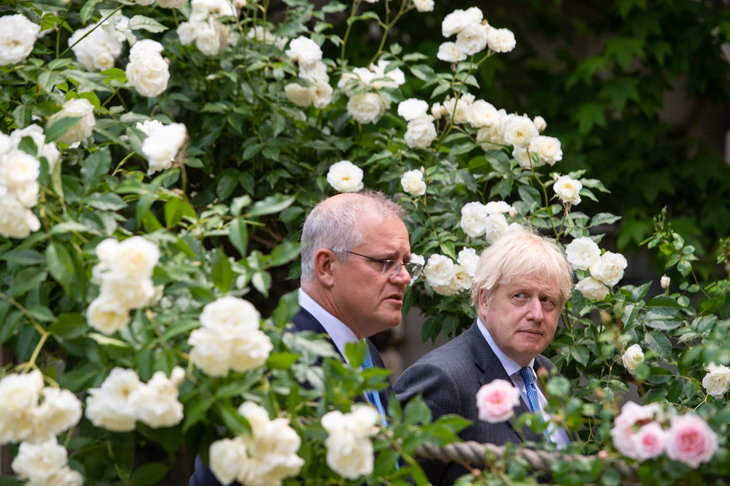

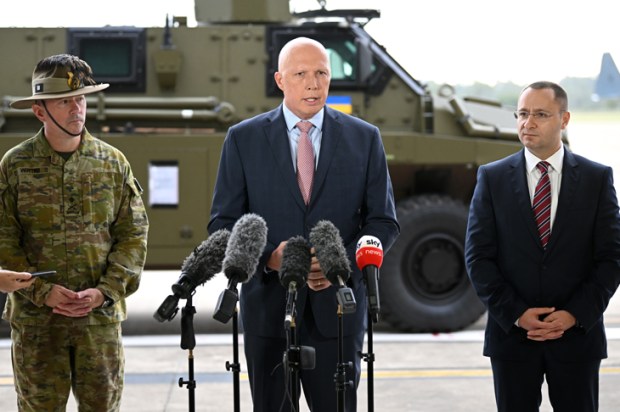
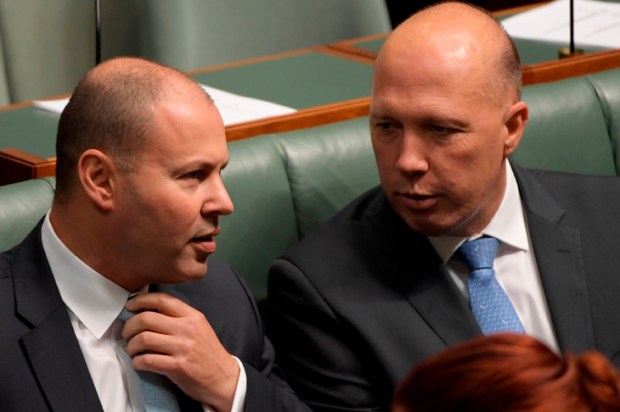
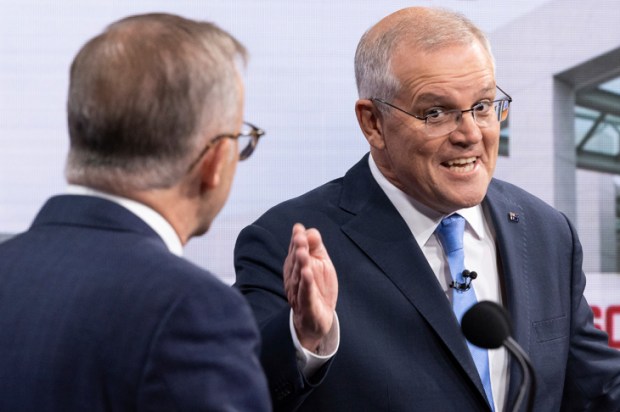

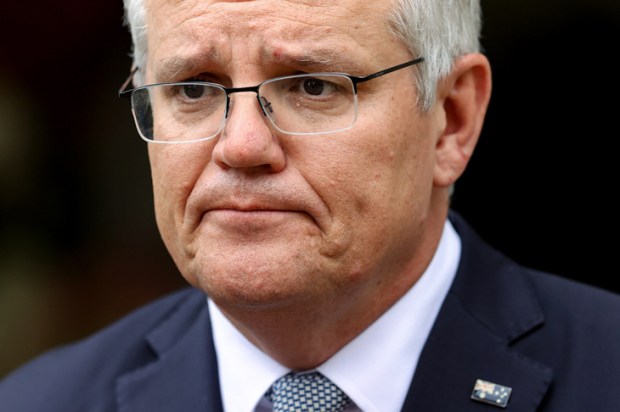






Comments
Don't miss out
Join the conversation with other Spectator Australia readers. Subscribe to leave a comment.
SUBSCRIBEAlready a subscriber? Log in